Helena National Forest
- January 18, 2024
- 0 comment
Welcome to Helena National Forest, a remarkable natural area in Montana’s landscape. This forest is a go-to destination for those who love the outdoors, offering varied terrain from mountains to open prairies. It’s a great spot for hiking, camping, and wildlife viewing, with trails and spaces that suit all levels of outdoor experience.
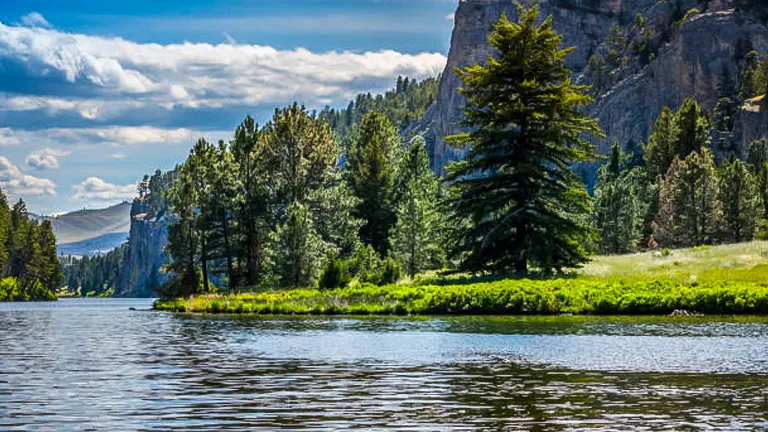
The Helena National Forest isn’t just about natural beauty; it’s also a place rich in history, where you can follow the paths once trodden by early settlers and miners. Whether you’re in for an adventurous trek or a peaceful escape in nature, Helena National Forest provides a straightforward, enjoyable experience in one of Montana’s most beautiful settings
Characterizing Features
- Geographical Layout and Size: Helena National Forest covers a vast area of 984,558 acres in west-central Montana. This expansive landscape is not a continuous stretch of wilderness but rather is divided into several separate sections. Each of these sections offers a distinct natural environment, contributing to the forest’s overall diversity. The sheer size and segmented nature of the forest make it a significant natural area within Montana, providing varied landscapes for exploration and conservation.
- Mountain Ranges and Wilderness Areas: The eastern part of the forest is characterized by the Big Belt Mountains and is home to the Gates of the Mountains Wilderness. This area remains relatively untouched, preserving the same natural beauty witnessed by the Lewis and Clark Expedition. The western sections boast the Continental Divide and the Scapegoat Wilderness, which is part of the larger Bob Marshall Wilderness complex. These rugged terrains offer some of the most striking and challenging landscapes within the forest.
- Diverse Ecosystems: The forest’s ecosystems vary from grass and sagebrush covered lowlands to more elevated, mountainous areas. These different environments create a habitat mosaic that supports a wide range of plant and animal life. The lowlands are typically covered with a mix of grasses and sagebrush, while the higher elevations are dominated by lodgepole pine, Douglas fir, spruce, and larch. This diversity in vegetation not only adds to the scenic beauty of the forest but also plays a crucial role in maintaining ecological balance.
- Rocky Mountains and Altitude Range: While being part of the Rocky Mountain region, the peaks within Helena National Forest do not exceed 10,000 feet. This relatively moderate altitude makes the forest more accessible and less daunting for visitors who may not be accustomed to high-elevation environments. The mountains here, though not the tallest, offer stunning vistas and are a defining feature of the forest’s landscape.
- Proximity to Urban Areas: One of the unique aspects of Helena National Forest is its proximity to urban centers, particularly the capital city of Helena. This closeness to a major city offers easy accessibility for both locals and tourists, making it a convenient destination for a wide range of recreational activities. The forest serves as a natural escape for those living in or visiting the urban areas, providing a quick transition from city life to the tranquility of nature.
History
Helena National Forest has a rich and storied past that contributes significantly to its identity. The forest was established in 1908, following the passage of the Forest Reserve Act of 1891, which allowed for the creation of forest reserves in the United States. Over the years, it has undergone various changes in boundaries and administration but has remained a crucial part of Montana’s natural landscape. The forest is notably linked with the Lewis and Clark Expedition, as parts of it, particularly the Gates of the Mountains Wilderness, were explored by these early American adventurers. This historical connection adds a layer of cultural significance to the forest’s natural beauty.
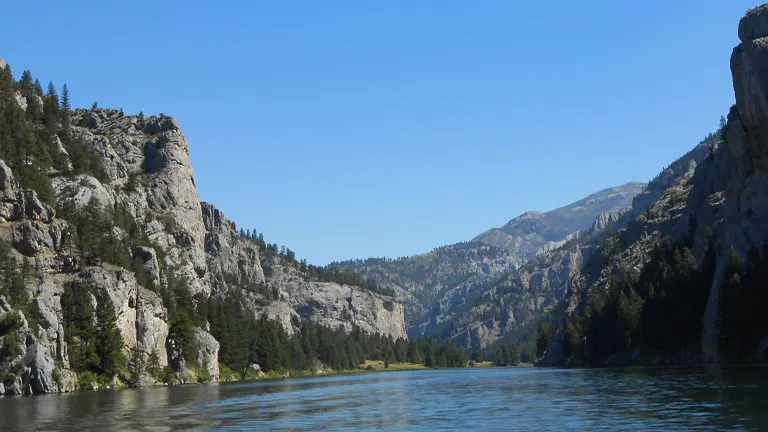
One of the most pivotal events in the forest’s history is the 1949 Mann Gulch fire. This tragic wildfire claimed the lives of 13 smokejumpers and firefighters and marked a turning point in wildfire management and research. The incident has been extensively studied and has led to improvements in firefighting techniques and safety protocols. The Mann Gulch fire is also a part of popular culture, having been the subject of Norman Maclean’s book “Young Men and Fire” and James Keelaghan’s folk song “Cold Missouri Waters.”
Today, the Helena National Forest continues to be an important resource for conservation, recreation, and education. Its history not only highlights the challenges of managing natural resources but also underscores the importance of preserving these landscapes for future generations. The forest’s historical legacy, combined with its natural beauty, makes it a unique and significant part of Montana’s heritage.
Importance in Conservation and Recreation in Helena National Forest
The Helena National Forest plays a pivotal role in both conservation and recreation, serving as a vital natural sanctuary and a hub for outdoor activities. As a conservation area, the forest is crucial for preserving diverse ecosystems and sustaining a variety of wildlife. Its varied landscapes, from the grassy lowlands to the higher, forested mountains, provide habitats for a range of species, including predators like grizzlies, wolves, and lynxes, as well as large herbivores like elk and moose. This biodiversity is essential for ecological research and education, offering insights into wildlife behaviors and habitat requirements.
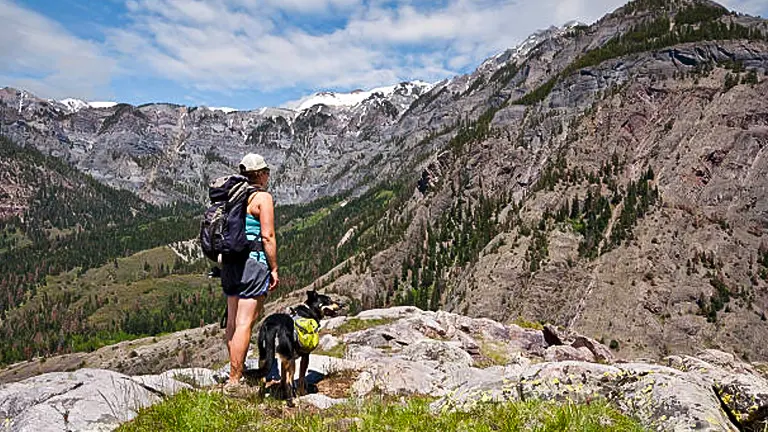
In terms of recreation, Helena National Forest is a treasure trove for outdoor enthusiasts. With over 700 miles of trails, it caters to hikers, bikers, and equestrians, offering routes that range from easy walks to challenging treks. The forest’s rivers and lakes are popular for fishing, boating, and swimming, attracting anglers and water sports aficionados. In winter, the landscape transforms into a playground for snowmobiling and cross-country skiing, providing year-round recreational opportunities.
Moreover, the forest’s proximity to urban areas like Helena makes it an invaluable resource for environmental education and outdoor recreation for local communities. It serves as a natural classroom for schools and organizations, promoting environmental awareness and stewardship. The blend of recreational offerings and conservation efforts in Helena National Forest not only enhances the quality of life for Montana residents but also attracts visitors from afar, making it a significant contributor to the region’s natural heritage and outdoor culture.
Unique Location
The unique location of Helena National Forest sets it apart as a remarkable natural destination. Situated in west-central Montana, it encircles the state capital, Helena, integrating the rugged wilderness with the convenience of city proximity. This positioning is particularly advantageous as it offers easy access for both residents and visitors to immerse themselves in nature without venturing far from urban amenities. The forest’s landscape spans from the Continental Divide in the west to the Big Belt Mountains in the east, showcasing a dramatic range of topographies within a relatively compact area.
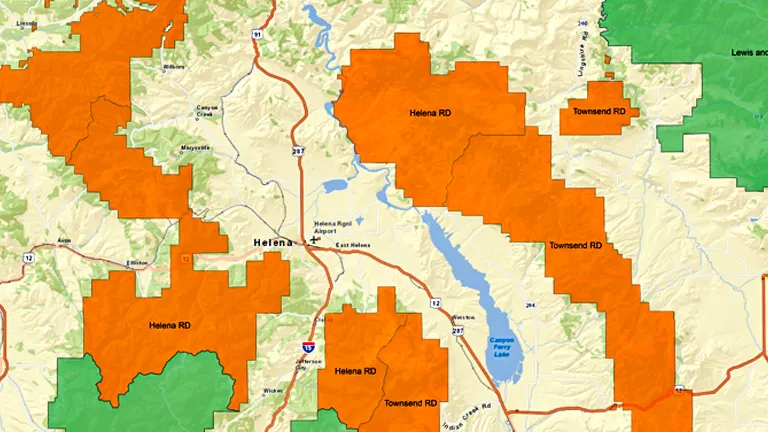
Its location along major transportation routes, including Interstate 15 and U.S. Route 12, further enhances its accessibility, making it a popular choice for day trips and extended outdoor excursions. This accessibility is coupled with the forest’s diverse environments, from lower elevation sagebrush rangelands to towering peaks over 9,400 feet, creating a natural haven that is both easily reachable and remarkably varied. The Helena National Forest’s unique location, therefore, not only serves as a gateway to Montana’s wilderness but also as a vital bridge connecting urban populations to the therapeutic and recreational benefits of the great outdoors.
Diverse Vegetation and Plant Species in Helena National Forest
- Sagebrush (Artemisia): In the lower elevations of Helena National Forest, sagebrush dominates the landscape. This hardy shrub is essential to the sagebrush steppe ecosystem, providing habitat and food sources for various wildlife species.
- Lodgepole Pine (Pinus contorta): A signature tree of the Rocky Mountain region, lodgepole pine thrives in the higher elevations of the forest. These trees are adapted to the colder, harsher conditions and play a critical role in the local ecosystem, particularly in maintaining soil stability and serving as habitat for various species.
- Douglas Fir (Pseudotsuga menziesii): In mixed coniferous forests, Douglas fir is a common sight. These towering trees are known for their longevity and contribute significantly to the forest’s biomass. They provide a dense canopy that supports diverse undergrowth and wildlife.
- Spruce (Picea) and Larch (Larix): Alongside Douglas fir, spruce and larch trees form a significant part of the coniferous forests in Helena National Forest. These species add to the forest’s structural diversity and offer habitats for a range of animal species.
- Alpine Wildflowers and Shrubs: At the highest elevations, alpine conditions support a variety of wildflowers and small shrubs. These plants are adapted to survive extreme weather conditions and are crucial for soil stabilization and providing food for high-altitude fauna.
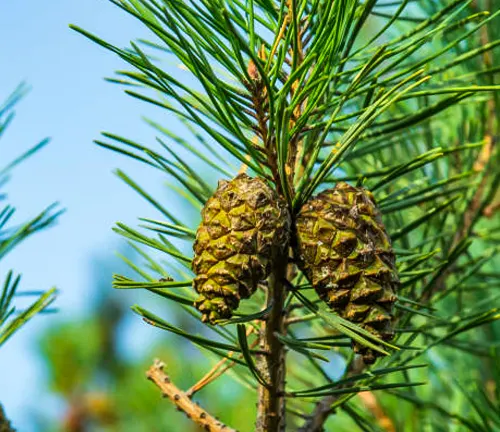

Fauna in Helena National Forest
- Grizzly Bear (Ursus arctos horribilis): Particularly prevalent in the northwestern sections of the forest, grizzly bears are a key species in the ecosystem, playing a significant role in maintaining ecological balance.
- Elk (Cervus canadensis) and Moose (Alces alces): These large herbivores are common in Helena National Forest, utilizing the diverse habitats for foraging and shelter. They are crucial for the ecological dynamics of the forest.
- Bighorn Sheep (Ovis canadensis) and Mountain Goats (Oreamnos americanus): Inhabiting the higher, rocky terrains, these species are adapted to life in rugged environments and are a spectacular sight for visitors.
- Predators: The forest supports a range of predators including Wolves (Canis lupus), Bobcats (Lynx rufus), Wolverines (Gulo gulo), Mountain lions (Puma concolor), and Canadian lynx (Lynx canadensis). These predators are vital for controlling prey populations and maintaining ecological balance.
- Birdlife: Helena National Forest is home to a variety of bird species, including Bald eagles (Haliaeetus leucocephalus), hawks, and owls. The diverse habitats within the forest support a wide range of birdlife, making it an important area for avian conservation.
- Small Mammals: Smaller mammals such as gophers, chipmunks (Tamias), beavers (Castor canadensis), and squirrels play a crucial role in the forest ecosystem, contributing to soil aeration, seed dispersal, and serving as prey for larger animals.
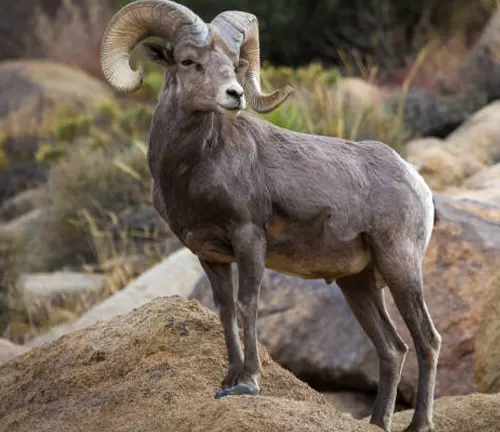
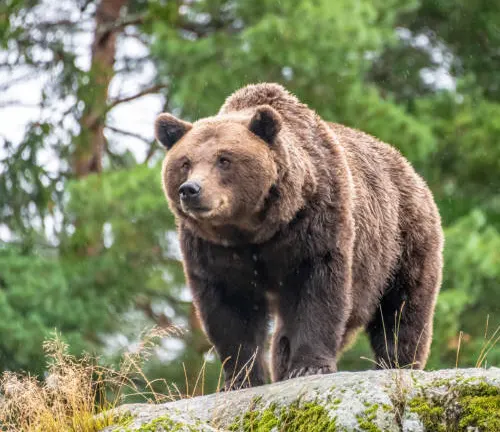
Different Attractions in Helena National Forest
1. Gates of the Mountains Wilderness

This wilderness area, renowned for its breathtaking natural beauty, was named by Meriwether Lewis during the Lewis and Clark Expedition. It’s famous for its towering cliffs that rise straight from the waters of the Missouri River, creating a stunning visual effect. The area offers excellent opportunities for boating, hiking, and wildlife observation. It’s a place where visitors can immerse themselves in the same landscapes that greeted early explorers, making it not just a natural wonder but also a significant historical site.
2. Scapegoat Wilderness Area
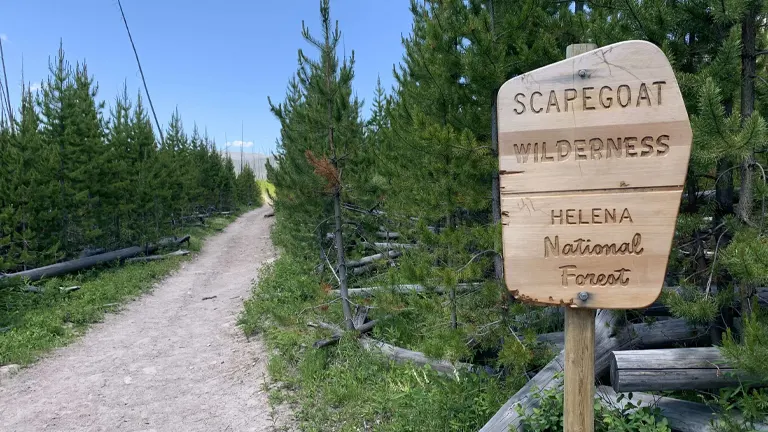
Part of the larger Bob Marshall Wilderness complex, the Scapegoat Wilderness is known for its rugged and remote terrain. This area is a haven for backcountry enthusiasts seeking solitude and unspoiled natural beauty. It’s ideal for experienced hikers and outdoor adventurers who are looking for challenging trails and the chance to explore pristine mountainous landscapes.
3. Continental Divide Trail
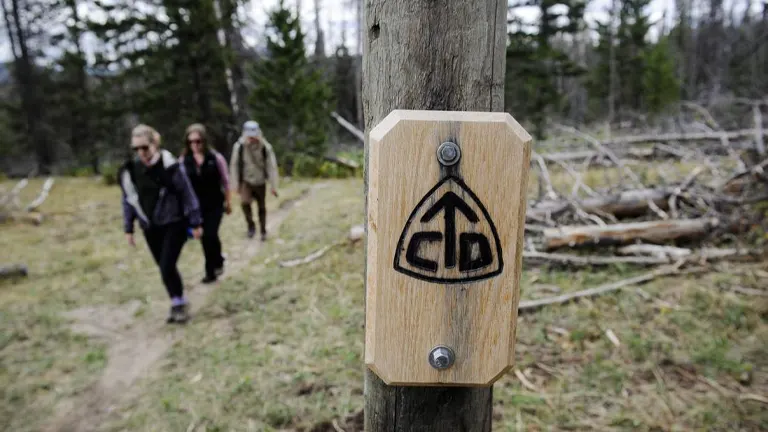
This famous long-distance trail runs through Helena National Forest and is a magnet for hikers and backpackers. The section of the trail within the forest offers spectacular views of Montana’s wilderness and diverse landscapes. It’s an excellent way for visitors to experience the natural beauty of the area, whether they’re embarking on a multi-day hike or just a day trip.
4. Elkhorn Mountains
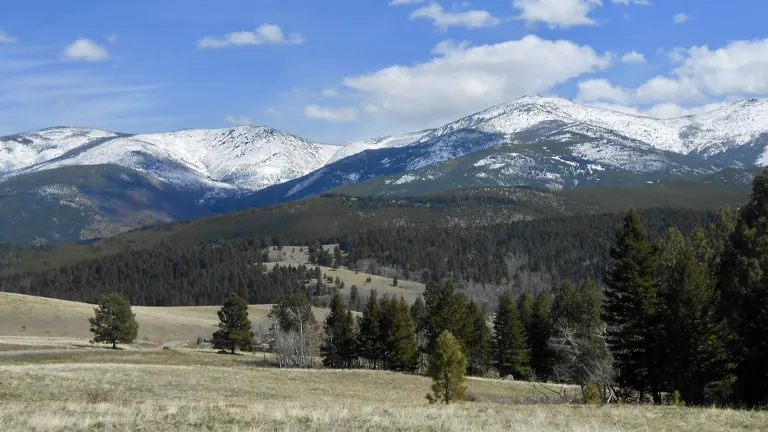
This mountain range offers a more secluded and less trafficked outdoor experience. The Elkhorns are known for their wildlife viewing opportunities, including chances to see elk, deer, and various bird species. The area’s scenic beauty and tranquil environment make it a perfect spot for those looking to escape the crowds and enjoy nature.
5. Mann Gulch Fire Site

For those interested in history, the site of the 1949 Mann Gulch fire is a poignant attraction. This location offers a sobering reminder of the dangers of wildfire and is an important site for understanding fire management history in the U.S. It’s a place for reflection and learning, with informational signs that explain the event and its impact on wildfire firefighting techniques.
6. Recreation Areas and Campgrounds
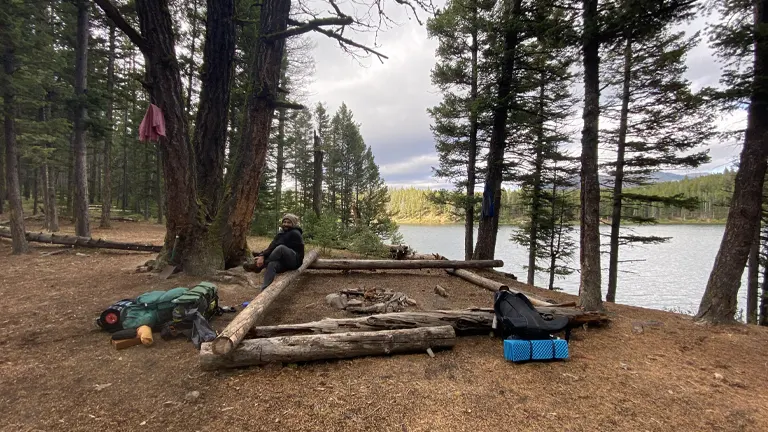
Helena National Forest boasts numerous recreation areas and campgrounds, such as Park Lake, which offer a variety of amenities for camping, picnicking, fishing, and boating. These areas are family-friendly and provide easy access to the forest’s natural wonders, making them ideal for a day trip or an extended stay in the wilderness.
Each of these attractions in Helena National Forest presents a unique aspect of the forest’s diverse character, from its natural beauty and wildlife to its rich history and opportunities for adventure and reflection. Visitors to the forest can choose from a wide range of activities and experiences, ensuring that there’s something for everyone to enjoy.
Recreational Activities in Helena National Forest
1. Hiking and Backpacking
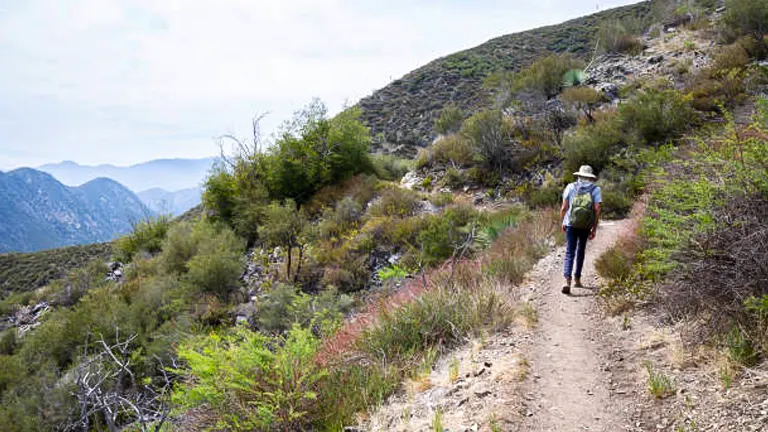
With over 700 miles of trails, Helena National Forest is a hiker’s paradise. These trails range from easy, scenic walks suitable for families, to challenging backcountry treks for the more experienced adventurers. The diverse landscape offers everything from alpine meadows and dense forests to rugged mountain peaks, providing a dynamic hiking experience. Backpackers can enjoy multi-day excursions in the wilderness areas, where they can immerse themselves fully in the natural beauty of the forest.
2. Wildlife Watching
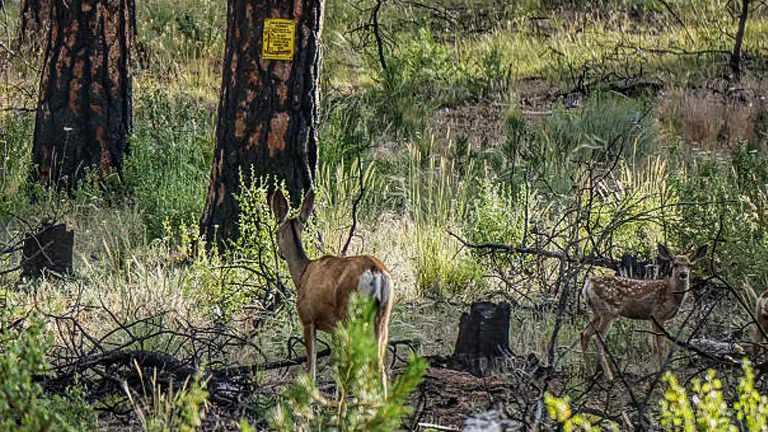
The forest’s diverse habitats are home to an abundance of wildlife, making it a fantastic destination for wildlife enthusiasts. Visitors can spot animals like elk, deer, moose, and various bird species, including raptors. The forest’s combination of lowland meadows, dense woods, and high-altitude areas creates excellent opportunities for wildlife observation and photography.
3. Fishing and Boating
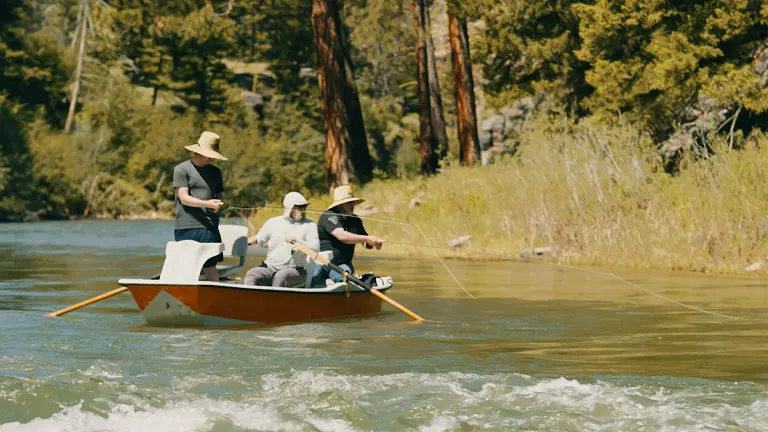
Helena National Forest’s numerous lakes and streams are a haven for anglers and boaters. The waters are teeming with trout and other fish, offering excellent fishing opportunities. Boating enthusiasts can enjoy the scenic beauty of the forest from the water, exploring the lakes and rivers that dot the landscape. Kayaking and canoeing are also popular activities, providing a peaceful way to traverse the forest’s waterways.
4. Snowmobiling and Cross-Country Skiing
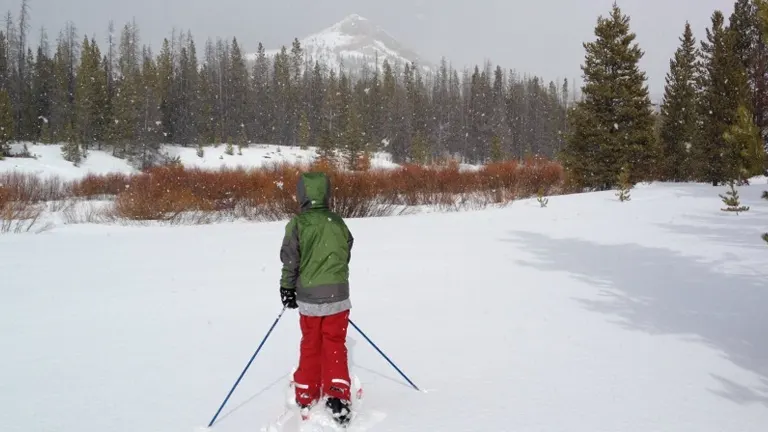
In winter, the forest transforms into a snowy wonderland, ideal for snowmobiling and cross-country skiing. The snow-covered landscape opens up a whole new realm of exploration, with trails and open areas suited for these winter sports. These activities provide a unique way to experience the forest’s beauty in the colder months, attracting both local enthusiasts and visitors from afar.
5. Camping
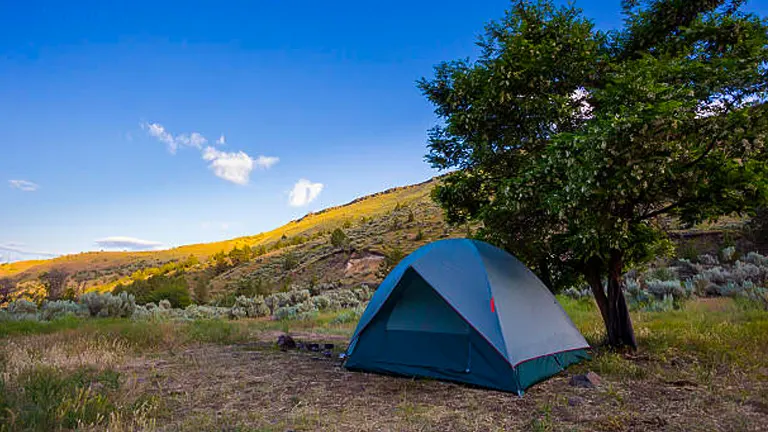
Helena National Forest offers a range of camping experiences, from developed campgrounds with amenities to remote backcountry sites. Camping in the forest allows visitors to connect with nature, whether they prefer the convenience of a campground or the solitude of a wilderness area. It’s an ideal way to experience the tranquility of the forest, either as a base for other activities or as a peaceful retreat in itself.
6. Horseback Riding

The forest’s trails are not just for hikers; many are open to horseback riding as well. Riding through the forest offers a unique perspective and a traditional way to enjoy its natural beauty. It’s an activity that appeals to both experienced riders and those new to horseback riding, providing a memorable way to explore the vast landscapes of the forest.
Each of these recreational activities in Helena National Forest highlights the area’s versatility as an outdoor destination. Whether visitors are seeking adventure, relaxation, or a chance to connect with nature, the forest offers a wide array of options to suit all interests and skill levels.
Different Facilities and Amenities
- Developed Campgrounds: Helena National Forest is equipped with numerous developed campgrounds, offering visitors comfortable and convenient camping options. These campgrounds typically include amenities like picnic tables, fire rings, restrooms, and sometimes even potable water and trash disposal facilities. They are designed to accommodate various camping styles, from tents to RVs, making them ideal for families, groups, or individuals seeking a more structured outdoor experience.
- Backcountry Campsites: For those seeking a more rugged and solitary experience, the forest offers backcountry campsites. These sites are more primitive and remote, providing a true wilderness experience. They are ideal for backpackers and outdoor enthusiasts who are prepared to be self-sufficient, as these sites typically lack the amenities found in developed campgrounds.
- Trail Systems: The forest boasts an extensive network of trails, catering to hikers, mountain bikers, equestrians, and, in winter, snowmobilers and cross-country skiers. These trails range from easy walks to challenging backcountry treks, offering something for every skill level and interest. The trails are well-maintained and marked, providing safe and enjoyable access to the forest’s diverse landscapes.
- Picnic Areas: Scattered throughout the forest are several designated picnic areas. These areas are perfect for day visitors looking to enjoy a meal in the midst of nature. They usually feature picnic tables and sometimes grills, offering a convenient way for families and groups to dine outdoors while enjoying the scenic surroundings.
- Visitor Centers and Ranger Stations: Visitor centers and ranger stations in the forest provide valuable resources for visitors. Staffed with knowledgeable personnel, these centers offer information about the forest, its trails, wildlife, and any safety advisories. They often have educational displays and maps, and sometimes sell permits and passes required for certain activities in the forest.
- Boat Launches and Fishing Access: The forest includes several lakes and rivers, and many of these have boat launches and designated fishing access points. These facilities cater to anglers and boating enthusiasts, providing easy access to the forest’s aquatic environments. They are strategically located to offer visitors the best opportunities for fishing and water recreation.
- Interpretive Sites and Historical Areas: Helena National Forest is rich in history, and several interpretive sites and historical areas are available for visitors to explore. These sites often include informational signs and exhibits that provide insight into the forest’s past, including its natural history and the events of the Mann Gulch fire.
Each of these facilities and amenities enhances the visitor experience in Helena National Forest, providing comfort, accessibility, and educational opportunities. They ensure that the forest can be enjoyed in various ways, from leisurely day visits to extended backcountry adventures.
Tips and Advice for Visiting
- Check Weather and Trail Conditions: Before heading out, it’s crucial to check the latest weather forecasts and trail conditions. Weather in the mountains can change rapidly, and being prepared is key. This is especially important for those planning to hike or camp in more remote areas of the forest. Checking trail conditions can also inform you about any closures or hazards.
- Respect Wildlife: Helena National Forest is home to a diverse range of wildlife, including bears. Always maintain a safe distance from animals and never feed wildlife. Store food properly and be bear-aware, especially in areas where grizzly bears are present. Understanding and respecting the wildlife is essential for your safety and the protection of the animals.
- Leave No Trace: Practice Leave No Trace principles to minimize your impact on the natural environment. This includes packing out all your trash, staying on designated trails, and avoiding disturbing wildlife and plant life. By following these principles, you help preserve the forest for future visitors and the ongoing health of the ecosystem.
- Prepare for Remote Areas: If you’re venturing into the backcountry or less developed areas of the forest, be prepared for limited cell service and remote conditions. Bring a map and compass or GPS, and let someone know your plans and expected return time. It’s also a good idea to carry a basic first aid kit and know some basic wilderness first aid.
- Familiarize Yourself with Local Regulations: Be aware of the specific regulations of Helena National Forest, including fire regulations, fishing and hunting licenses, and camping rules. Adhering to these regulations is crucial for conservation efforts and ensuring a safe and enjoyable experience for everyone.
- Stay Informed about Fire Danger and Restrictions: Forest fires are a significant concern, particularly in the dry summer months. Stay informed about the current fire danger level and any fire restrictions or bans that may be in place. This information is crucial for preventing wildfires and ensuring your safety.
- Plan for Varied Terrain and Altitudes: The forest encompasses a range of elevations and terrains. If you’re hiking or engaging in other physical activities, be prepared for these variations. This includes having suitable footwear, clothing layers for changing temperatures, and plenty of water to stay hydrated.
- Respect Private Property and Boundaries: Parts of Helena National Forest border private land. Be mindful of property boundaries and respect private property by staying on public lands and trails.
- By following these tips and advice, visitors can ensure a safe, enjoyable, and environmentally responsible experience in Helena National Forest. The forest offers a wealth of natural beauty and outdoor activities, and being prepared and informed helps you make the most of your visit.
Recommendation
For those seeking a mix of adventure and tranquility, Helena National Forest is a must-visit. The diversity of the landscape, rich history, and varied wildlife make it a rewarding experience for nature enthusiasts, history buffs, and outdoor adventurers alike.
Conclusion
Helena National Forest is more than just a scenic destination; it’s a vibrant ecosystem rich in history and natural beauty. Whether you’re exploring its vast trails, observing its diverse wildlife, or simply enjoying the peace of the great outdoors, this forest offers a unique and memorable experience for all visitors.
FAQs
- What is the best time of year to visit Helena National Forest?
The forest is a year-round destination, but the best time to visit depends on the activities you’re interested in. Summer (June to August) is ideal for hiking, camping, and wildlife watching, while fall (September to November) offers beautiful autumn foliage. Winter (December to February) is great for snow sports, and spring (March to May) brings wildflowers and vibrant green landscapes. - Are there any fees or permits required for visiting?
There is no entrance fee for Helena National Forest. However, some campgrounds and special use areas might charge a fee. For specific activities like fishing or hunting, appropriate state licenses are required. - Can I bring my dog to Helena National Forest?
Yes, dogs are allowed in most areas of the forest. They should be kept on a leash in developed recreation areas and under control at all times. Remember to clean up after your pet to keep the forest clean and safe for wildlife and other visitors. - What should I pack for a day hike in the forest?
Essential items include water, snacks, a map or GPS device, weather-appropriate clothing, sturdy footwear, a first aid kit, and a charged phone for emergencies. Always prepare for changing weather and terrain. - Are campfires allowed in Helena National Forest?
Campfires are generally allowed in designated campgrounds and may be allowed in backcountry areas, but always check current fire restrictions and danger levels. During dry conditions, fire bans may be in place. - Is backcountry camping allowed, and do I need a permit?
Backcountry camping is allowed in many areas of the forest. Permits are not generally required for individual or small group camping, but it’s always best to check with a local ranger station for any specific regulations. - What wildlife might I see in Helena National Forest?
The forest is home to a variety of wildlife, including deer, elk, moose, bears (both black and grizzly), mountain lions, lynx, and various bird species. Always view wildlife from a safe distance and do not feed or approach them. - Are there guided tours or ranger-led programs available?
Ranger-led programs are occasionally offered, particularly during the summer. For guided tours, local outfitters and tour companies offer a variety of options, from wildlife watching to historical tours. Check with the forest visitor centers for more information and schedules.
In summary, Helena National Forest is a treasure trove of natural beauty, diverse wildlife, and rich history. Whether you’re seeking a peaceful retreat or an adventurous excursion, this forest offers a unique and enriching experience that leaves visitors with lasting memories.


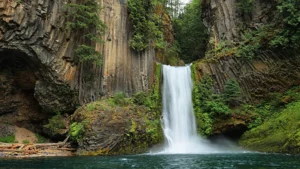
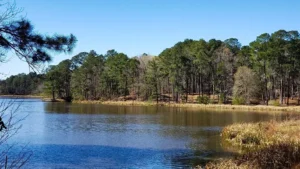
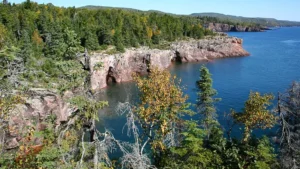
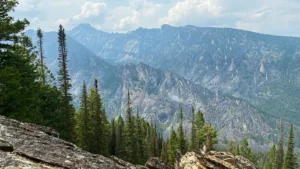


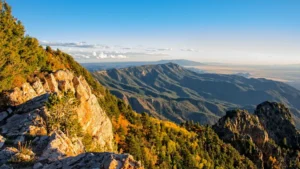
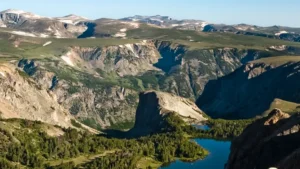




Leave your comment